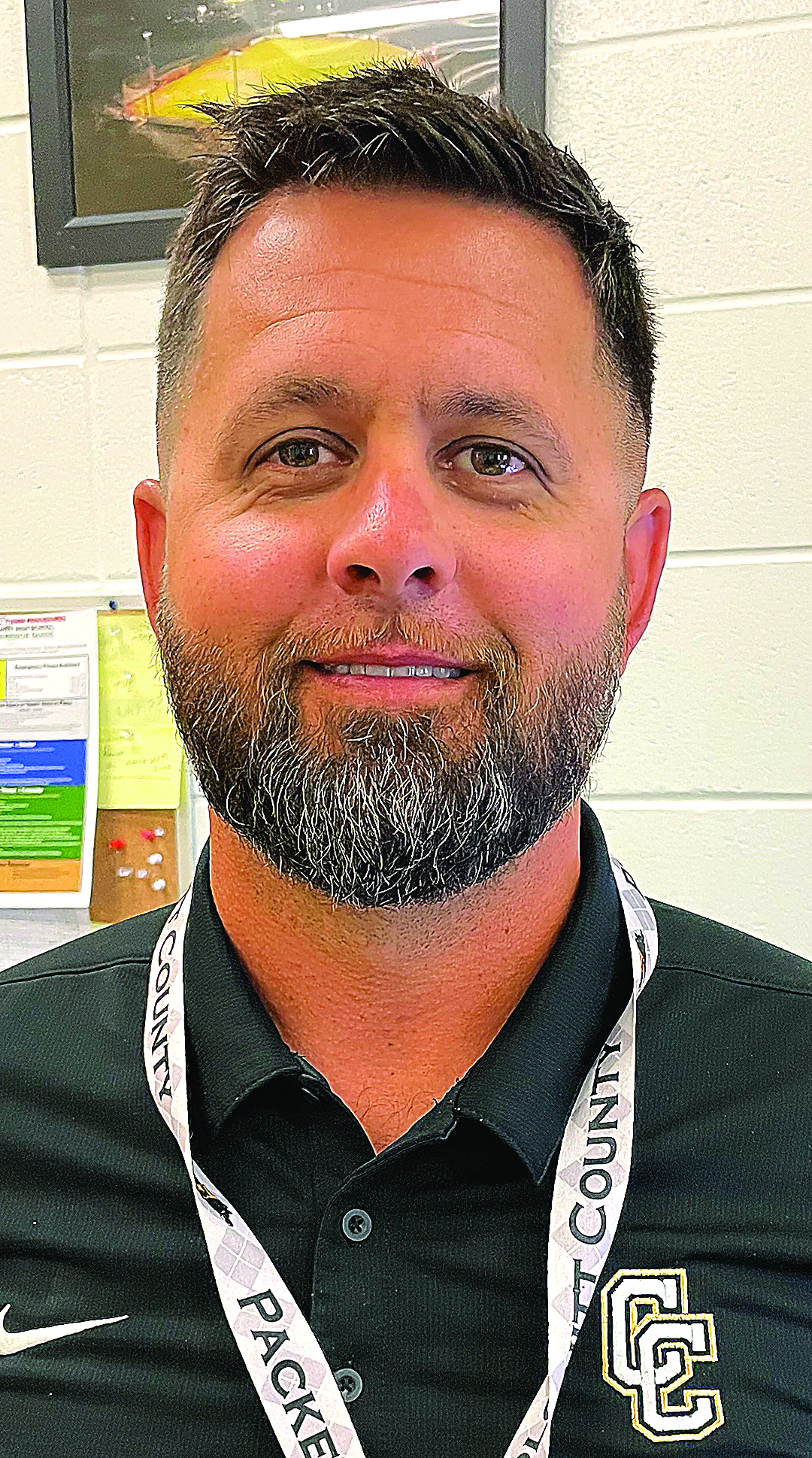Foundation challenges Second Harvest to raise half-million dollars
Published 9:20 pm Thursday, June 9, 2016
VALDOSTA, Ga. — Hunger is a tremendous problem in South Georgia. One in four people struggle with hunger on a daily basis, according to Second Harvest of South Georgia. The situation is worse for area children: one in three children don’t know where they’ll get their next meal. The region has the highest rates of food insecurity in the state and is among the highest in the nation.
“Second Harvest of South Georgia, the state’s largest rural food bank and a member of the Feeding America network, has worked for more than 30 years to alleviate hunger in the communities we serve,” the food bank said in a press release. “In order to best serve those in need in Southwest Georgia, the group built its new Regional Distribution Center in Thomasville; the facility has enabled Second Harvest to expand its capabilities and programs including a planned second location for its Teachers Harvest program — a free school supply store which serves hundreds of Colquitt County teachers a year.”
Trending
The Williams Family Foundation has given Second Harvest a very generous challenge grant, the press release said. If the organization raises $500,000 in donations or pledges toward the cost of the recently completed Regional Distribution Center in Thomasville by Dec. 31, 2016, the foundation will donate an additional $500,000. Second Harvest has issued the 5×5 Challenge to area businesses, individuals, and organizations — asking them to pledge to give $500 a year for five years.
“This is an opportunity which we cannot miss — the chance to double the investments of our donors,” said Eliza McCall, Second Harvest’s chief marketing officer. “Second Harvest is taking the steps necessary in order to bring about lasting change in our area, but we need the community’s help to meet this challenge grant.”
Second Harvest is already much more than just a food bank; the organization is a community leader and innovator having grown from a borrowed basement space in Valdosta to four distribution centers (Thomasville, Albany, and Douglas) covering nearly 13,000 square miles and 30 counties. They work in partnership with more than 400 charities across the area including Colquitt County Food and Clothing Bank as well as Boys and Girls Club of Moultrie.
McCall also said that, in supporting Second Harvest, donors are helping its partner agencies.
“Our goal is the same as the parable of the Loaves and Fishes: to multiply what’s given to us to feed the hungry.”
Second Harvest distributed more than 1.2 million pounds of food in Colquitt County in 2015. That’s more than 40 times what they picked up through their Local Retail Donation program.
Trending
People often use the term “food bank” interchangeably with food pantry, soup kitchen or other charities which operate food assistance programs; these other programs are Second Harvest’s partner agencies, McCall said. The differences between a food bank and its partner agencies are many. Here’s a brief overview:
• A food bank is a central source and clearinghouse for rescued or donated product with a logistics and redistribution component. Food banks are responsible for the equitable and safe allocation and distribution of this food and grocery product.
• A food pantry or soup kitchen obtains food from the food bank (or through direct donations) and provides individuals or families with food, either as a prepared meal or as food/groceries to take home for preparation. These partner agencies have no major logistics operations and do not sub-distribute product.
Hunger is a health problem, an educational problem, and an economic problem, McCall said.
“While most will not feel the physical effects of hunger each day, it is suffering for which all citizens all pay,” she said. “The effects of hunger and lack of adequate nutrition are both immediate and long-lasting, plaguing the body, childhood development, and the regional economy. Estimates place the cost of childhood hunger at $542 per person annually (based on the impact of educational delays, lost income over time, absenteeism, and health problems). That means that hunger in just area children costs the people of Colquitt County more than $24.7 million per year.”
For more information on Second Harvest or the 5×5 Challenge, visit www.FeedingSGA.org, email info@FeedingSGA.org, or call (229) 469-6925.





